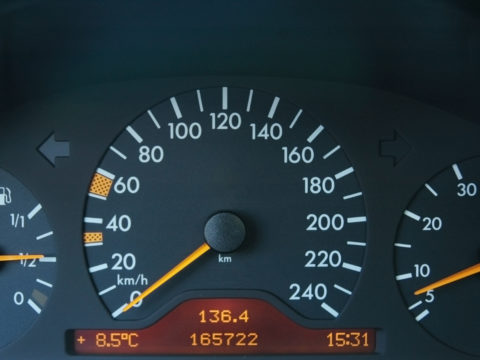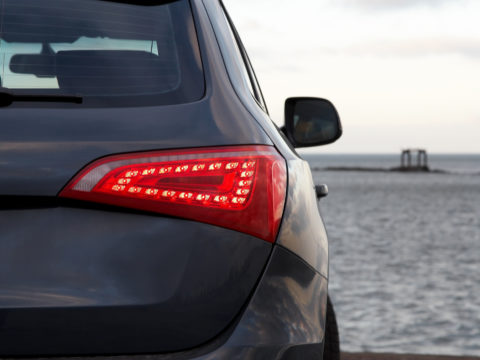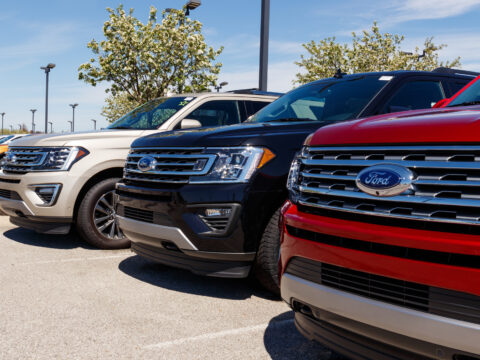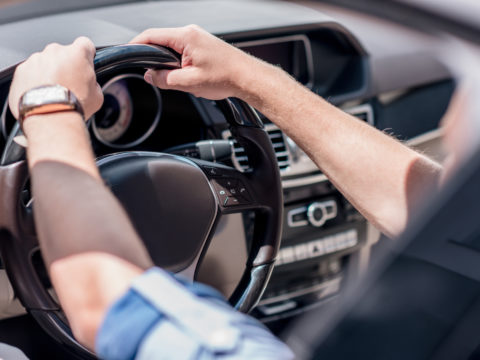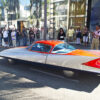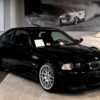Whether your car is brand new or 20 years old, it should be able to get you from A to B without any issues. If your car is making a rattling or clunking noise as you drive, it could be a sign of a severe problem.
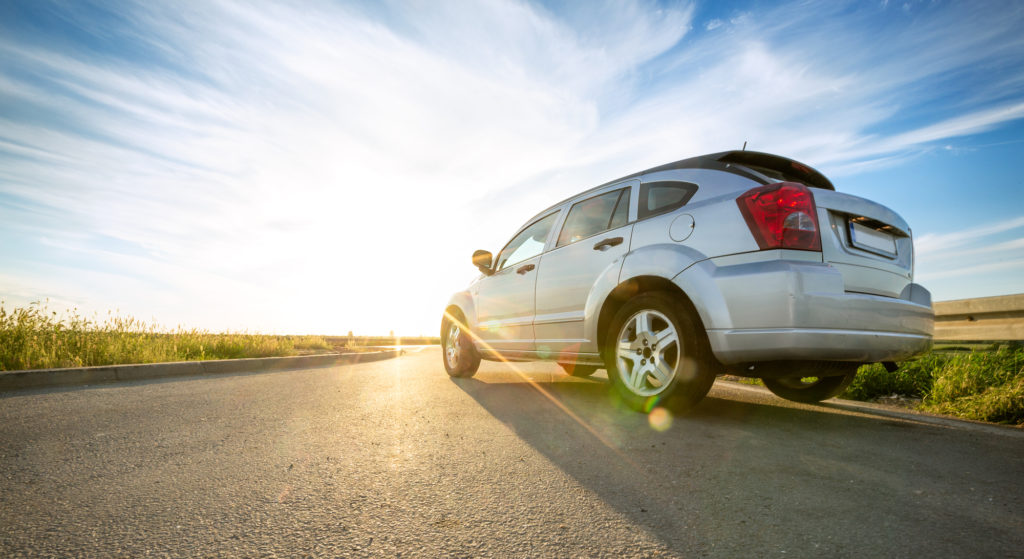
What Causes Rattling Under A Car When Going Over Bumps?
From a bad control arm bushing to corroded shock absorbers, there are many reasons your car makes an annoying rattling noise when you drive over bumps in the road.
These are some of the most common causes of this pesky problem:
Bad ball joints
Having a bad ball joint affects your vehicle’s handling. Bad ball joints are one of the primary causes of unexpected clunky noises.
If you’ve noticed rattling when driving over bumps, check whether your anti-roll bar drop links are worn out or whether they’ve snapped.
Worn out shock absorbers/struts
Another common culprit of noise when going over bumps is worn-out shock absorbers and struts.
Shocks are designed to absorb the impact of those inevitable bumps in the road. They won’t perform their functions correctly if worn out, hence the rattling.
A catalytic converter problem
If your catalytic converter is damaged, rattling sounds are expected, as it contains small chambers that can become loose if worn out or faulty.
When you drive over bumps, the engine movement will cause the chambers inside the converter to rattle against each other.
Old sway bar bushings
Bad sway bar bushings are often responsible for that annoying clunking noise underneath your car. If you’re noticing extra noise when going over bumps and when turning corners, your sway bar bushing may need replacing.
Exhaust pipe corrosion
If your exhaust pipe is exposed to moisture and other undesirable weather conditions, it will likely corrode. This can lead to a rattling noise from your exhaust.
Where Is The Rattling Coming From?
To diagnose the problem, you’ll need to determine where the rattling sound is coming from. This comprehensive guide is great for diagnosing and troubleshooting your car’s problem.
Read on for the most likely cause of rattling from each area of your vehicle, from the steering wheel to the exhaust system.
Rattling noise from the tire area
If you notice a clunking or rattling noise coming from your front wheels, it’s likely that a ball joint is failing or that a tie rod end has come loose.
Rattle in the front end of the car
If the noise is coming from somewhere in the front end of your vehicle, it could be an issue with your struts, timing chain, or suspension system. Check for bad sway bar or control arm bushings.
Rattling noise from the car’s rear
If the noise is coming from the back end of your car, it’s likely to be an issue with your suspension or a faulty catalytic converter. It may also be down to exhaust pipe corrosion.
Chain rattling sound when driving over bumps
If you hear chain rattling or slapping noises when your car drives over bumps, you’re likely hearing a loose timing chain hit against its cover when it rotates.
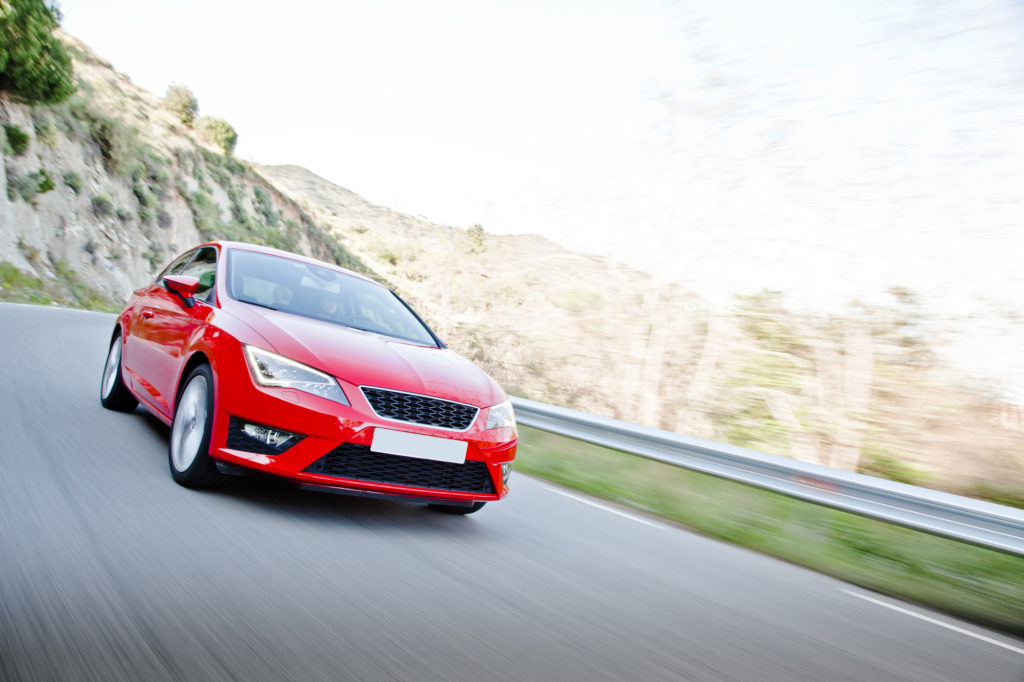
How To Fix Rattle Noises Underneath A Car
While repair techniques vary between different manufacturers and car models, there are a few steps you can take to identify those annoying rattling noises.
You can read more about identifying suspension clunks and how to fix them.
Whether you intend to carry out a home repair or take your vehicle to a trusted mechanic, this is the necessary first step toward getting your car in tip-top shape. Prepare to enjoy a smooth ride without the interruption of a rattling noise every time you drive over a bump!
Check for known issues
Before rolling up your sleeves to fix your car, check online for any TSBs (Technical Service Bulletins) related to your problem. Vehicle manufacturers issue these to publicize known problems, and they often include repair options (such as new parts). They can help you determine the severity and nature of your car’s issue.
Suspension noise is a common subject of TSBs; some may even entitle you to a free repair, so it’s certainly worth investigating!
Inspect the suspension system
A clunking noise when driving over bumps often indicates a fault in one of your suspension components.
Using a crowbar or tire iron, check for this by levering the joints up and down at the bushes. 1/4 inch of play (or more) indicates a faulty component.
When checking your upper and lower suspension arm bushes and your anti-roll bar, look out for damaged rubber and excessive slippage.
Check your drop links and shocks
You’ll need to jack up your car for this check, supporting it on axle stands. After disconnecting the drop links on the anti-roll bar (and securely taping them up), take a short drive over a few bumps.
If the noise is gone, you’re experiencing a drop link problem.
Inspect for damaged ball joints
To check your upper and lower ball joints, you can use a crowbar to lever them up and down at the ball (to determine the level of play). If there’s any play, this indicates component failure because your ball joints shouldn’t move vertically.
When checking your ball joints, inspect the rubber gaiter for any splits or erosion (these can let dirt into the joint).
Listen for a failing CV joint
One of your CV joints is likely to blame if you hear a clunking sound when turning corners. Inspect the rubber gaiters for any splits or damage if you want confirmation of the distinctive’ clunk’ noise.
To determine which CV joint has failed, enlist a friend to drive your car slowly and make some sharp turns. Listening to each wheel should allow you to determine which side the noise is coming from.

